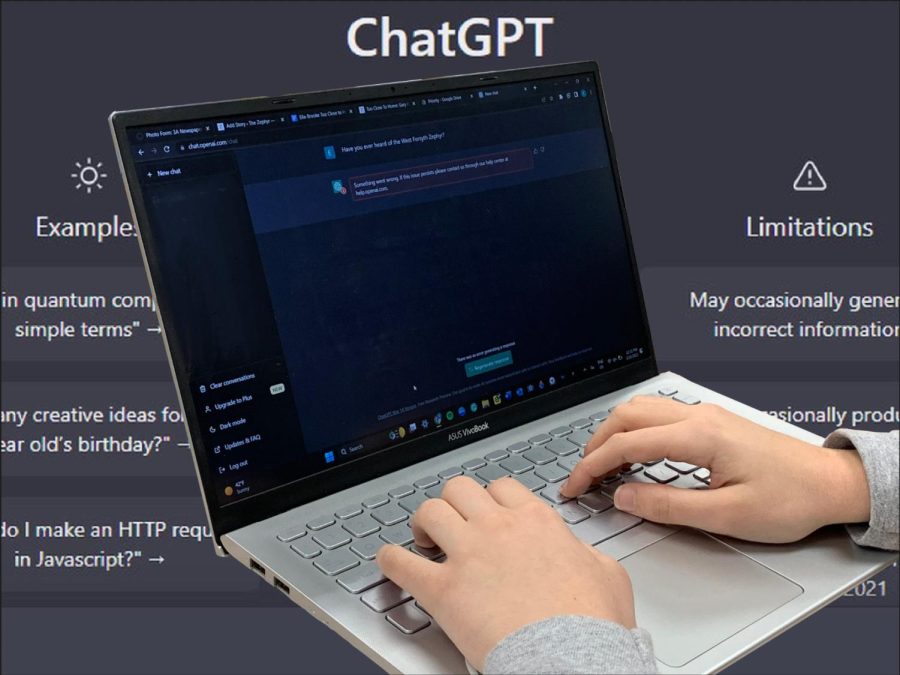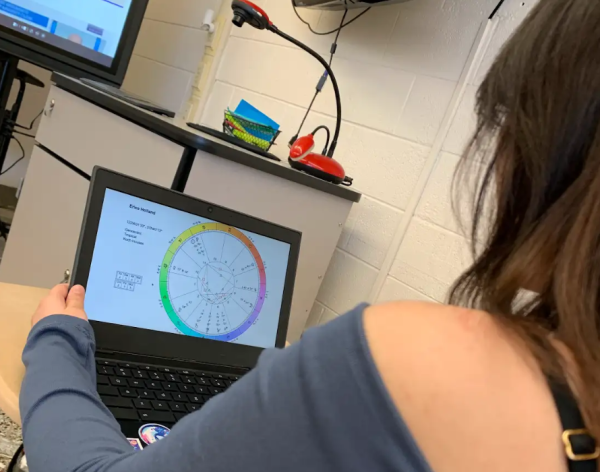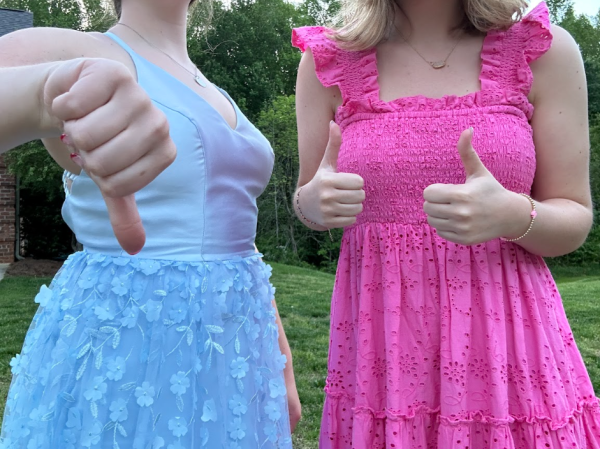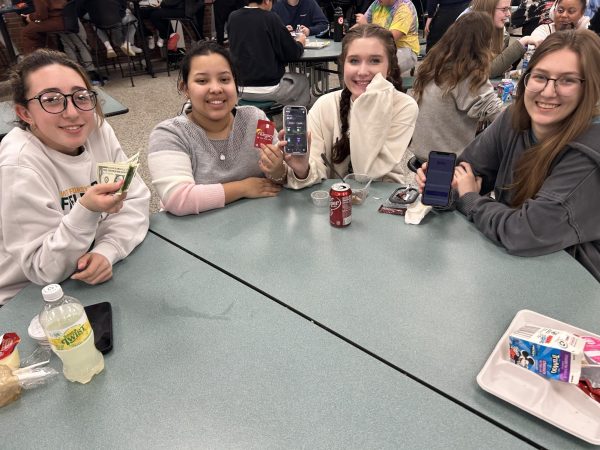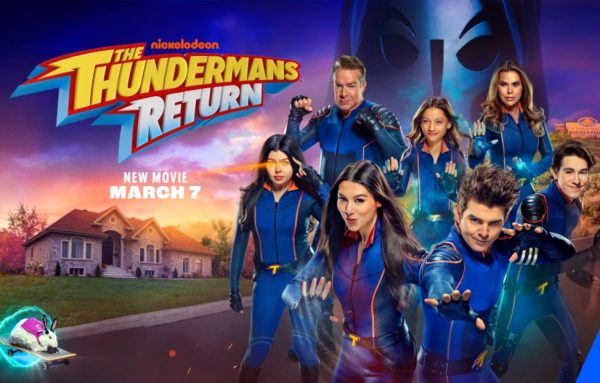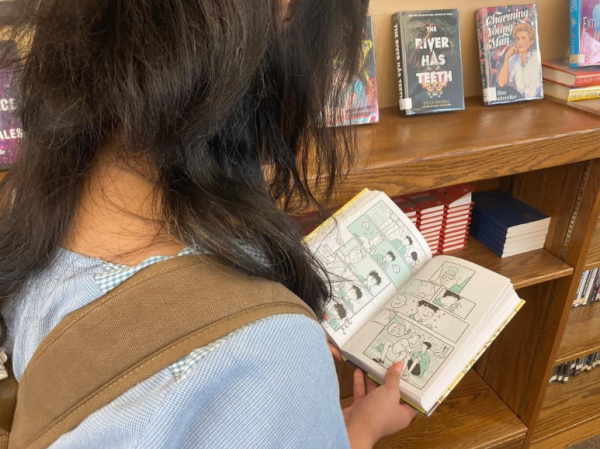Friend or Foe? Artificial Intelligence is what we make of it
A student uses ChatGPT. What are the capabilities of this AI language model?
March 20, 2023
When you think of Artificial intelligence, or AI, the positives aren’t always the first thing you think of. Some might think of the movie “Terminator,” which features an apocalyptic future where humanity is destroyed by artificially intelligent robots we made to help us. But do these expectations really reflect the truth? I’ll admit, I was skeptical of the development and usage of AI for a long time, but after seeing what it could be used for, I realized that my distaste isn’t for the AI itself, but what it is used for.
If you’re already confused, I don’t blame you. What is AI anyway? Chances are you’ve heard of them, but have never seen one in use. AI is a simulated human intelligence replicated in a machine, which is able to take in information and respond to it. What differentiates this from just Googling information is that AI programs have learning and problem-solving capabilities. Artificial Intelligence has been around for a really long time, with the first successful program launching all the way back in 1951, a simple robot that could learn to play checkers. If you’ve ever played online checkers or chess against a computer, you’re playing with an AI. The term only has become more scary because of the recent boom in news and development in AI, with programs like OpenAI’s ChatGPT which generates text responses, and Dall-E, which creates detailed images based on word input. After playing around with both of these, I realized I wasn’t scared, but intrigued. Both of them are free to access and use, Dall-E having a credits system which allows you to generate 50 images for free.
With the ability to create text and images on a whim, it seems like a danger to the jobs of real writers and artists. As a writer and artist myself, I worried about this a lot in the early days of AI. When I was using ChatGPT, I got curious and I asked about the future of AI and human jobs, just to see what kind of response I’d get. The answer I received started off with a brief explanation on the model’s inability to form opinions and bias.
“As an AI language model, I do not have personal beliefs or opinions, but I can provide you with information on this topic.” ChatGPT wrote. Under this was the answer to the question I had put in, and I was very intrigued by the response.
“While AI can generate content based on patterns and rules, it currently lacks the creativity, originality, and emotions that humans bring to their work. Human writers and artists have a unique perspective, imagination, and ability to express themselves in a way that AI cannot replicate,” ChatGPT wrote. “That being said, AI can be a powerful tool that can assist human writers and artists in their creative process.”
Besides the fact that ChatGPT makes a very good point, I never thought I’d be quoting a robot in anything I’ve written. It really shows how advanced it’s become, and I wouldn’t call it an objectively good or bad thing. Giving jobs to AI is our decision, and what we do with different programs is our choice. I’ve seen a lot of interesting and fun AI content, and I’ve also seen AI content that made me uncomfortable, for instance, a vocal replicator used to replicate people’s voices and make them say things they didn’t actually say. But the point I can’t ignore is that the AI didn’t make this content on its own, someone had to actually program it with prompts and information, and then spread the results.
Is AI bad? I don’t think so. Do people use it for bad things? Absolutely. The issue with AI stems from how people use it, but I don’t think we’ll be seeing our Terminator era anytime soon.

